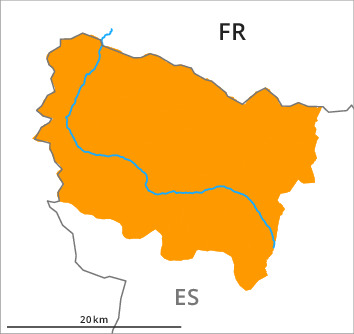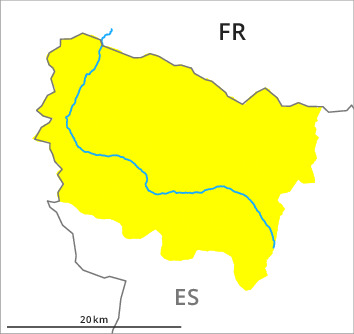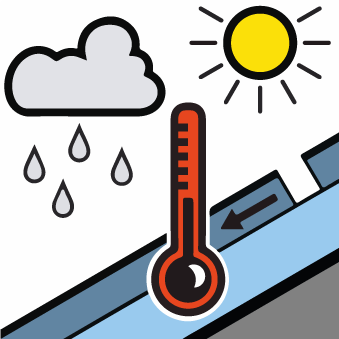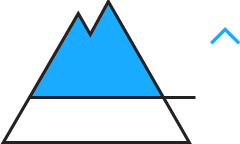AM


Danger level

Avalanche Problem

Wind-drifted snow



New snow


PM


Danger level

Avalanche Problem

Wet snow



Wind-drifted snow


Moist slab avalanches and moist avalanches are the main danger.
New snow and wind slabs along the border with Pallars.
As the snowfall becomes more intense the prevalence and size of the avalanche prone locations will increase from midday. Distinct weak layers in the lower part of the snowpack can be released very easily in all aspects. On Wednesday on steep, little used grassy slopes an increasing number of very large and, in many cases, extremely large avalanches occurred naturally, including ones originating in moderately steep terrain.
Snowpack
>The sleet gave rise during the course of the night to favourable bonding of the old snowpack in some cases especially in the vicinity of peaks between approximately 700 and 2200 m. These avalanche prone locations are to be found in particular in gullies and bowls in all aspects below approximately 1500 m and in little used terrain in all altitude zones. The new snow of Thursday can be released by a single winter sport participant in particular on south to southwest to south facing aspects below approximately 1200 m.
Tendency
The peak of avalanche activity is expected from the second half of the night above approximately 1000 m, but not until during the second half of the night on shady slopes.



